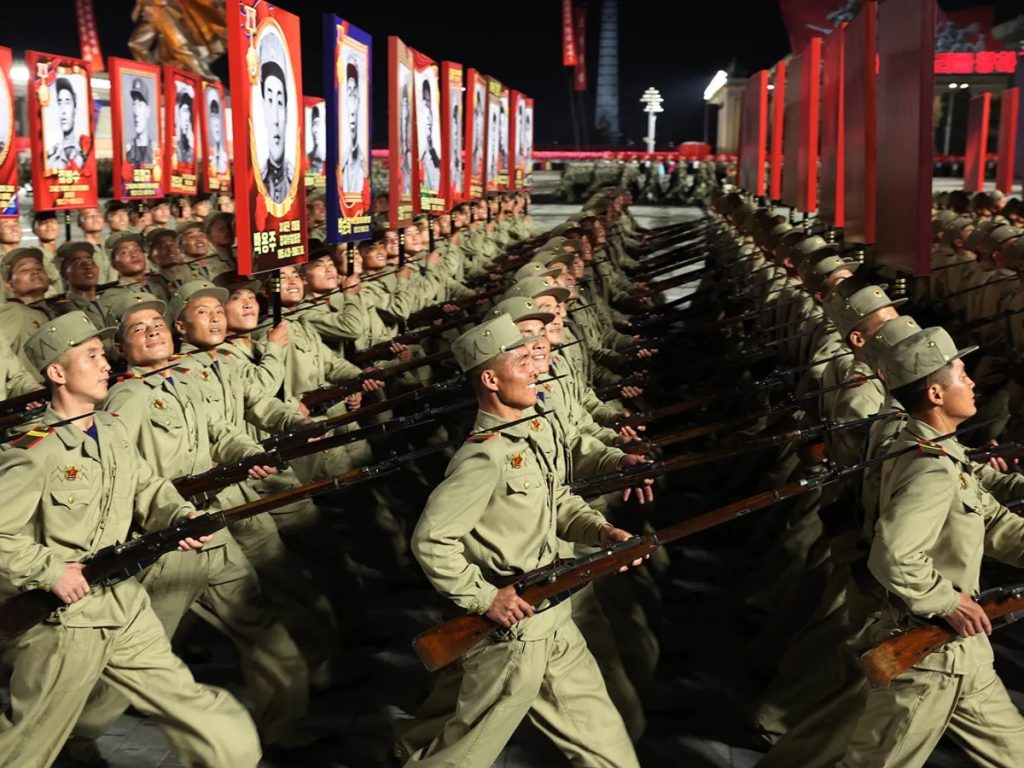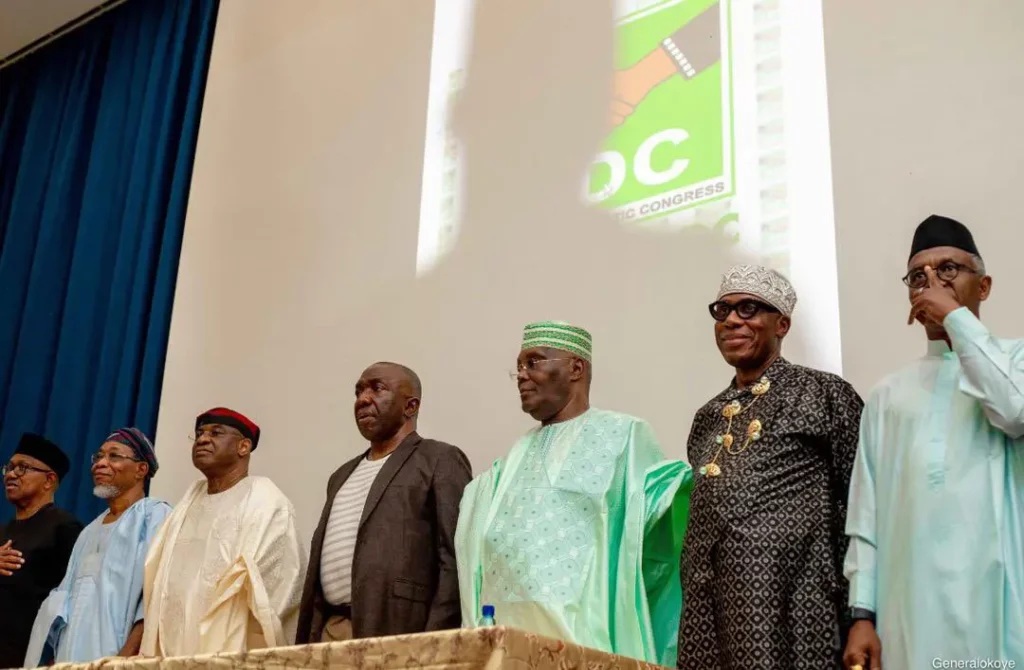President Donald Trump, on Sunday May 5, 2025, launched a new front in his ongoing tariff campaign, this time setting his sights on foreign-made films, imposing a 100% tariff on non-US films.
On Sunday night, through a post on his Truth Social platform, Trump announced that he had directed the Department of Commerce and the Office of the U.S. Trade Representative to implement a 100% tariff directive.
The tariff will be on all films produced outside the United States and imported into the country.
In his post, Trump claimed the American movie industry is in rapid decline,
He attributed this to foreign countries offering attractive incentives that lure filmmakers and studios away from the U.S.
Trump labeled this international competition as a coordinated threat to national security.
He said it was not just economic sabotage but also a form of “messaging and propaganda.”
The White House responded on Monday, saying it is evaluating how to fulfill Trump’s directive.
Kush Desai, a spokesperson, stated that no final decision has been reached regarding tariffs on foreign films.
However, according to him, the administration is considering all options to protect both national and economic interests and to fulfill Trump’s pledge to “Make Hollywood Great Again.”
It is supposedly standard for many films, particularly big-budget productions, to be shot across multiple countries.
For instance, the upcoming Mission: Impossible — The Final Reckoning features scenes filmed around the world.
International incentive programs, including tax breaks and subsidies, have increasingly pulled production out of California and the U.S. altogether.
Countries like Canada and the United Kingdom have reportedly become top destinations due to their favorable policies.
Despite Trump’s aggressive stance, U.S.-produced films already dominate the domestic market.
However, the global film industry has been growing.
China, for example, according to the Associated Press, has ramped up its own film production efforts, with local hits such as the animated blockbuster Ne Zha 2.
The movie has reportedly grossed over $2 billion globally.though nearly all of that revenue came from China, with only $20.9 million earned in North America.
New Zealand is another countrysupposedly benefiting significantly from international film production.
Thanks to robust government incentives, the country has hosted major franchises like The Lord of the Rings and The Hobbit, which have also boosted tourism.
In 2023, U.S. productions injected NZ$1.3 billion (approximately $777 million USD) into New Zealand’s economy, while the country provided NZ$200 million in subsidies.
The recent Minecraft film was shot entirely in New Zealand.
Responding to Trump’s proposal, New Zealand Prime Minister Christopher Luxon said he would wait for more clarity on the policy before commenting.
He however reiterated his country’s commitment to attracting global film productions, including from India’s Bollywood.
“This is the best place to make movies, period,” Luxon declared, emphasizing the quality of New Zealand’s film industry.
The Motion Picture Association (MPA), which represents major U.S. film studios and streaming platforms, had not issued a response as of Sunday evening.
According to MPA data, American films brought in $22.6 billion in export revenue in 2023 and achieved a trade surplus of $15.3 billion, underscoring Hollywood’s strong international presence.
Trump has consistently lived up to his self-proclaimed identity as the “tariff man,” imposing duties on a wide range of imported goods.
These include a 145% tariff on Chinese products and a 10% baseline on items from other countries, with even higher rates threatened.
His tariff policies have significantly influenced global trade, introducing political risks and disrupting markets.
Additional tariffs on goods like automobiles, steel, aluminum, and even pharmaceuticals are expected to follow.
The former president has long criticized the trend of film production moving overseas.
Before taking office, Trump appointed actors Mel Gibson, Jon Voight, and Sylvester Stallone as “special ambassadors” to help revitalize the American film industry.
The U.S. film sector has faced several challenges in recent years, including the COVID-19 pandemic, Hollywood labor strikes in 2023, and wildfires in Los Angeles.
According to ProdPro, a production tracking firm, overall U.S. film and television production dropped 26% in 2024 compared to 2021.
Its annual survey revealed that no U.S. city ranked among the top five preferred filming locations, with Toronto, the U.K., Vancouver, Central Europe, and Australia led the list.
California ranked sixth, followed by Georgia, New Jersey, and New York.
California in particular has been hit hard.
In the greater Los Angeles area, production fell by 5.6% in 2024, the second-lowest level since 2020.
In response, Governor Gavin Newsom proposed increasing California’s Film & Television Tax Credit from $330 million to $750 million annually.
Other U.S. cities like Atlanta, New York, Chicago, and San Francisco have also tried to attract productions through various incentive programs.
Texas offers direct cash grants, while states like Georgia and New Mexico provide tax credits.
Speaking to reporters at the White House on Sunday night, Trump said, “Other nations have been stealing the movie-making capabilities from the United States.
“If they’re not willing to make a movie inside the United States, we should have a tariff on movies that come in.”













